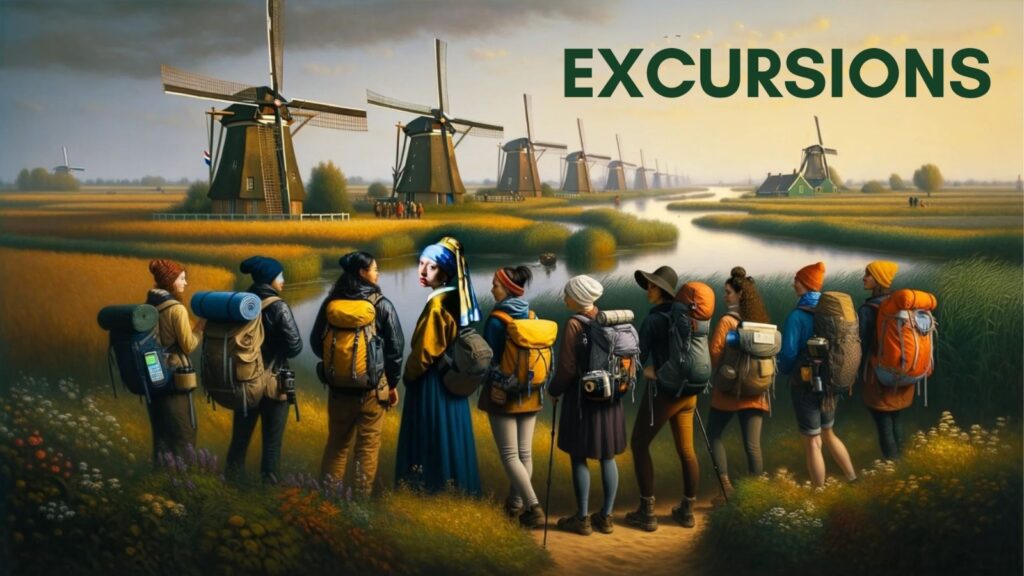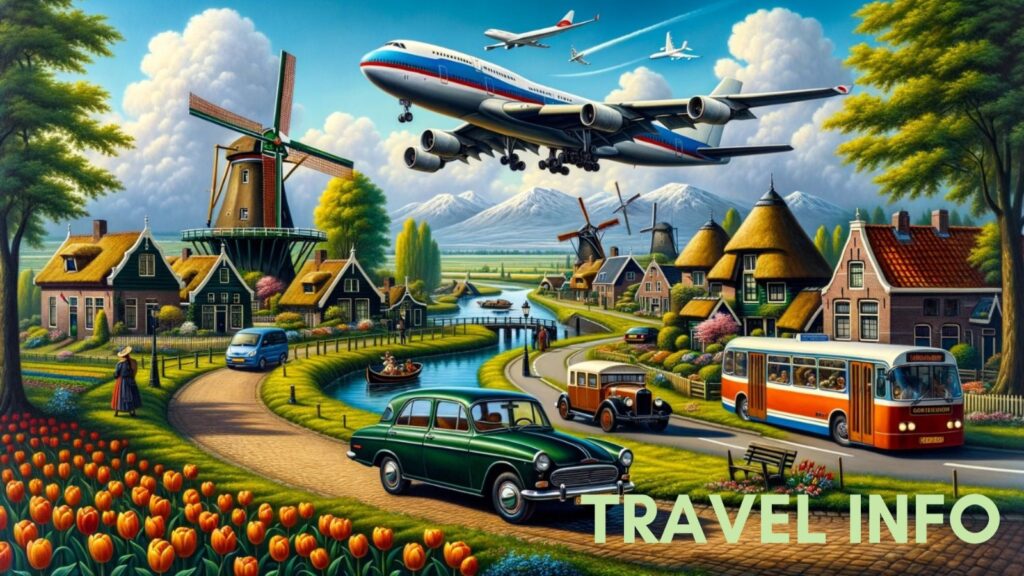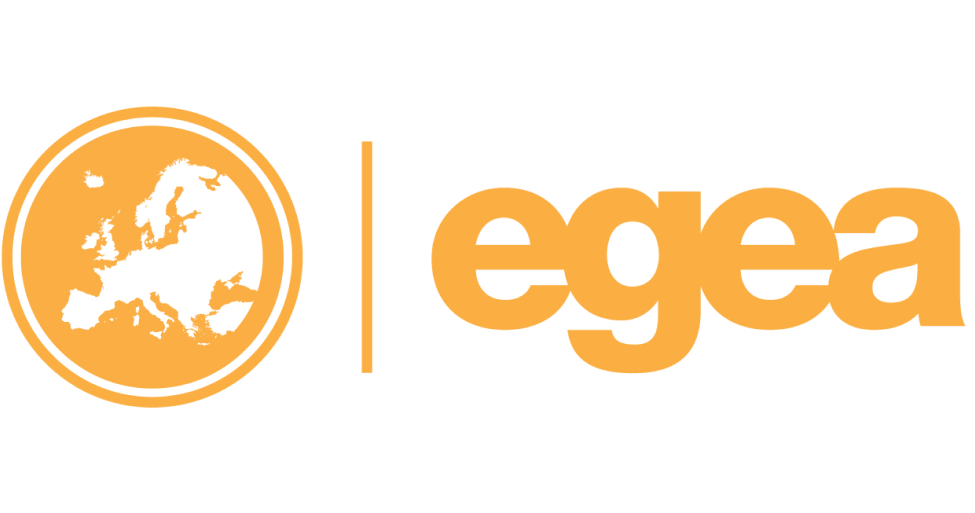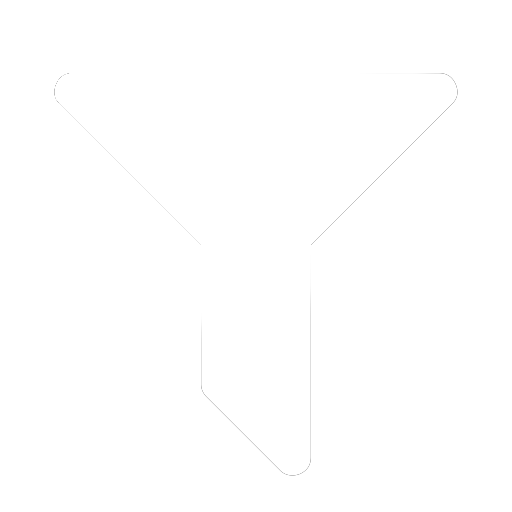- This event has passed.
Western REGIONAL Congress 2024
11 March 2024 to 15 March 2024 CET

Latest News
The Open Call for Workshopleaders and Trainers has started and is open until the 31th of December. For those of you who already have an idea for a workshop or training please see us on the 13th of December for a Q&A session on Zoom (see your entity emails for a link or contact us via wrc2024@egea.eu).
We are looking forward to your applications!
Workshop application form
Trainer application form
Topic
Southern Groningen and Drenthe have a history of underground energy resources, heavily influencing the landscape until this day. To reach a sustainable future a transition to green energy is required.
The Groningen natural gas field has been a topic of numerous discussions: the gas led to significant wealth but also resulted in a crisis of gas-related earthquakes damaging homes and buildings in the region. The impact on local communities is ongoing, with a substantial restoration project spanning the entire region, permanently altering the aesthetics of historic villages. The management of the gas-related earthquakes turned into a national political crisis, eroding civilian faith in governmental competence.
Besides the damage, this crisis fueled the debate on the energy transition and the role that the province of Groningen is willing to play. Groningen has the potential to farm green energy like wind and solar energy. The geographical factors make this region a promising green energy area. On the other hand the province might not wish to be an area of energy farming again.
While gas extraction in Groningen ended in October 2023, the Wadden Sea gas fields and off-shore energy production by windmills are being considered as potential alternatives. Off-shore energy production has gained renewed relevance due to the conflict between Russia and Ukraine. However, the effects of gas mining and off-shore wind farms are debated due to potential ecosystem impacts on this unique UNESCO Wadden Sea area. Off-shore farming also comes with new challenges like energy transportation and energy storing.
Southern Drenthe is home to the largest oil field in Western Europe. It marks the establishment of the Nederlandse Aardolie Maatschappij (NAM) in the oil village of Schoonebeek. For a long time, it was seen as a great opportunity for locals, and NAM contributed to numerous facilities for the local community. However, due to the Groningen gas earthquakes, there is now growing suspicion against NAM, resulting in a strained relationship between the company and the villagers.

We have some Ideas planned for great excursions. But those are still only ideas. Stay tuned for updates!
Gas extraction from the Groningen Sandstone has caused induced earthquakes over the past decades. This resulted in extensive damage to buildings in a large part of the province. We are going to see the Groningen landscape and visit the affected region.
Located in the south of Drenthe and across the border in Germany, we will visit some relatively unknown oil extractions as well as a geology museum. Potentially, we will also visit a hydrogen initiative.
Groningen is the largest city and significant (historic) centre of the Groningen-Drenthe region. Join us on a city tour! Additionally, we will visit the industrial harbour and power plant.
Drenthe is a very green province with some sandy soil and a bit more elevation (25m, 10-20m prominence) than the bordering provinces. This creates some natural regions. In this excursion we take a look at the forest, creeks and tourisms in the national park directly next to our accommodation.
Drenthe is known for the rocks and boulders that came from Norway during the last glaciation. These were used to construct megalithic graves (dolmen) during the late stone age. We will visit these monuments and explore some of the historic landscapes and their histories.
We wouldn’t be in the Netherlands without riding a bike! We will make a day trip through the forest, past a lake and across some countryside. We will probably also see some of these prehistoric graves as well. The whole route is flat and will be a casual ride but with quite some distance!

Workshops
We prepared a few potential workshops for you but if you think we are missing an important aspect of our topic please let us know and apply for your own workshop!
Gas mining was practiced for 60 years in Groningen. With it came economic prosperity and environmental damage. We want to explore how it came to this situation. How are gas fields created and why of all places in Groningen? What is the economic value of gas mining and what outcomes should you expect? What will change now that the gas mining stopped?
We want to give our participants the possibility to work on one of those research questions and in the end create a little info-slide of it, which can be posted on social media, as well as a lot of stickers! (An EGEA Bochum speciality)
With the situation being that the workshop groups will be quite big, our participants will work in smaller groups so they can get to know each other even better!
Join us on a journey beneath the surface as we delve into the world of soil subsidence in the Netherlands. This workshop offers the opportunity to explore the causes and consequences of sinking ground levels from a physical geographical perspective. Afterwards, we will have a closer look at how to deal with and even prevent this process from a human geographical view.
Participants will gain a comprehensive understanding of the complex interplay between natural processes and human activities that led to the gradual sinking of the Dutch landscape.
Uncover the mysteries below ground and become part of the workshop to ensure a resilient and sustainable future for the Netherlands!
The interactive and creative workshop is about the reflection of the intricate entanglement of individual experiences, societal structures, and the impact of disaster in the context of our capitalist system. We will focus on the profound effects of extractivism on individuals and communities using the feminist concept of embodiment and a participatory counter mapping approach. In our workshop, we will take the past, present and future consequences of the gas extraction in Groningen as example to discuss how ‘disaster in slow motion’ shape the embodiment and imagination of extractivism and protests. The creative engagement in counter mapping provides a powerful tool to not only analyse but also actively engage your own embodied experiences.
Program

*Might be changed

LOCATION AND ACCOMODATION
The name “Drenthe” is believed to mean “three lands,” and once you discover its beauty, you’ll know why.
Drenthe is a province known for its vast forests and serene rivers. It’s one of the country’s least crowded regions, making it a haven for nature lovers.
For our accomodation „De Kwartjesberg“ we secured a maximum capacity of 112 people meaning there’s plenty of space for everyone.
During the breaks get ready for some serious fun! Cause we have beach volleyball court, basketball court, and ping-pong table – perfect for leisure activities.
Plus, with our unique forest location, you’ll have the privacy you deserve, surrounded by the beauty of nature. No distractions, just pure focus on making the most of your WRC experience.

🚆 All Aboard the Train: Start your adventure by hopping on a train to the beautiful city of Groningen. Enjoy scenic views along the way, and get ready to dive into the WRC experience!
🚗 Hit the Road: If you prefer the freedom of the open road, set your GPS to Gasselterstraat 9, 9533PC Drouwen. It’s a picturesque drive that will lead you to our event. Remember, the journey can be as exciting as the destination!
🚌 Bus It Up: Hop on a bus to Groningen if you’re looking for a convenient and cost-effective option. Relax, chat with fellow travelers, and let us handle the rest. 🚌
✈️ By Plane: If you’re coming from further afield, the major airports in Amsterdam and Eindhoven are your gateways to WRC 2024. Just hop on a connecting flight, and you’ll be in Drouwen in no time!
SUPPORT FUND
Please remember that EGEAns can apply for the Support Fund to help finance attending this event while registration for this event remains open. You can find more information here.


